
by Editor | Jan 1, 2011 | North America, Quad Cities, Simon and Baker Travel Review, United States
The Quad Cities, Davenport and Bettendorf in Iowa as well as Moline and Rock Island Illinois in the United States, have a combined population of around 379,000. The area is considered one of the top four viewing locations for the bald eagle (Haliaeetus leucocephalus), a bird of prey found in North America and the symbol of the United States as well as its national bird. We traveled there to see bald eagles. We met many friendly and interesting people while in the Quad Cities and saw over 200 wild bald eagles. During our stay, we visited several excellent restaurants, historic sites, shopping areas and an art museum.
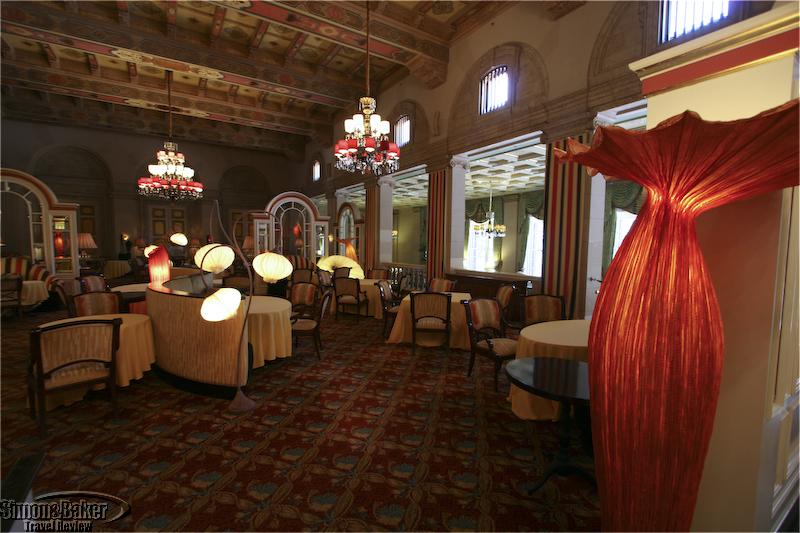
by Editor | May 1, 2010 | Florida, North America, Simon and Baker Travel Review, United States
L’Escalier, the flagship restaurant of the Breakers Palm Beach resort, offered a well prepared, well served, molecular gastronomy meal in an elegant, intimate and contemporary setting. Our midweek end of season visit was rewarding. We especially enjoyed the luxury of dining in a quiet dining room with attentive and guest centered service. Dinner at L’Escalier was the culinary highlight of our three night stay at the Palm Beach resort.
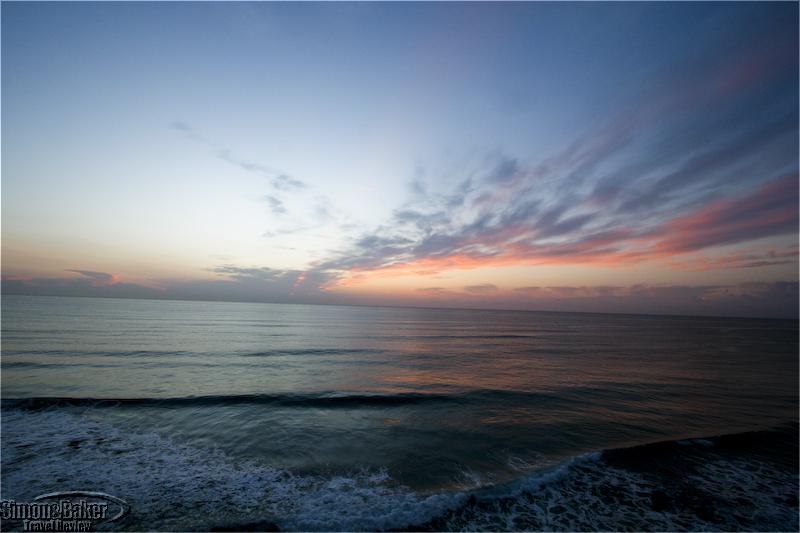
by Editor | May 1, 2010 | Florida, North America, Simon and Baker Travel Review, United States
In the early part of the last century the Palm Beach Inn, a winter resort for America’s elite originally built by oil magnate Henry Morrison Flagler in 1896, was destroyed by fire, twice. Eventually it was renamed and rebuilt a third time. The Breakers, as it is known today, opened its doors December 29, 1926 and remains to this day one of the best known resort properties in the Sunshine State.
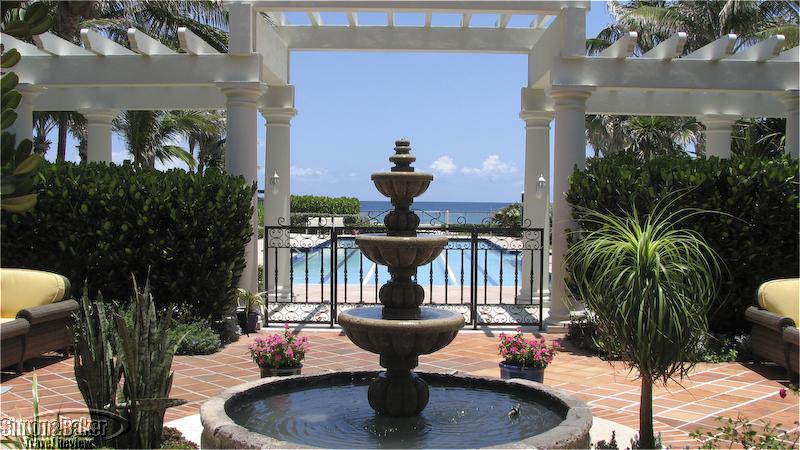
by Editor | May 1, 2010 | Florida, North America, Simon and Baker Travel Review, United States
Our visit to The Spa at The Breakers during a recent stay at the well known resort was a pleasure. Just before the middle of the day on a Tuesday we set out from our rooms in the main building of the hotel, reaching the spa courtyard in minutes. After showing our electronic room keys to the security personnel in the area just before the spa entrance we were allowed through. Double glass doors led to the spa reception where we saw several busy looking young ladies standing. After greeting us and finding our names in their schedule book one of them requested I follow her. She accompanied me to the ladies’ locker room located to the left of the reception. Another staff person accompanied my travel partner to the men’s lockers to the right of the reception.
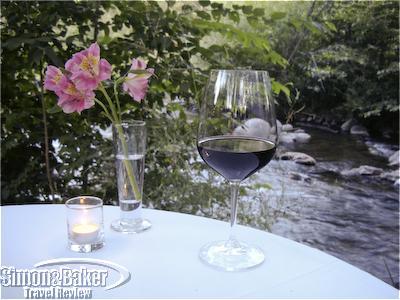
by Editor | Aug 1, 2009 | Arizona, North America, Simon and Baker Travel Review, United States
A side street off the main road in the picturesque town of Sedona in Arizona led us to this luxury oriented small hotel set along the banks of the well known Oak Creek. Although the property was having major renovations during our late summer visit it was there that we enjoyed the highest level of service, luxury and gourmet dining in the Sedona area.
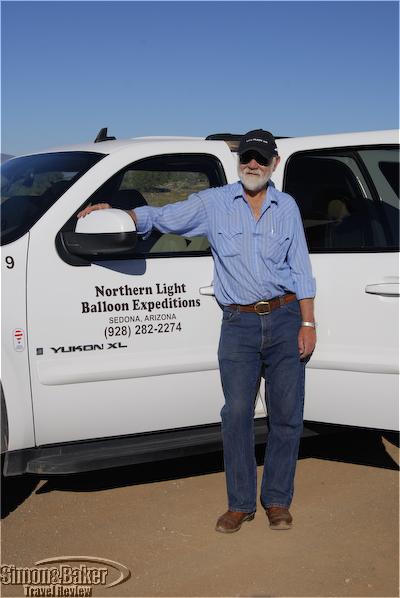
by Editor | Aug 1, 2009 | Arizona, North America, Simon and Baker Travel Review, United States
The Northern Light Ballon Expeditions van was parked in front of our hotel entrance at 5:25 a.m. when we arrived five minutes before the scheduled 5:30 a.m. pick up time. Blair Preston, a friendly pilot with 21 years of experience, introduced himself and welcomed us aboard. We were the last two passengers on the route so we drove directly to Forest Road 9851B off of Lower Red Rock Loop road, the place from which our balloon with six passengers and two other balloons would launch for our dawn flight.





